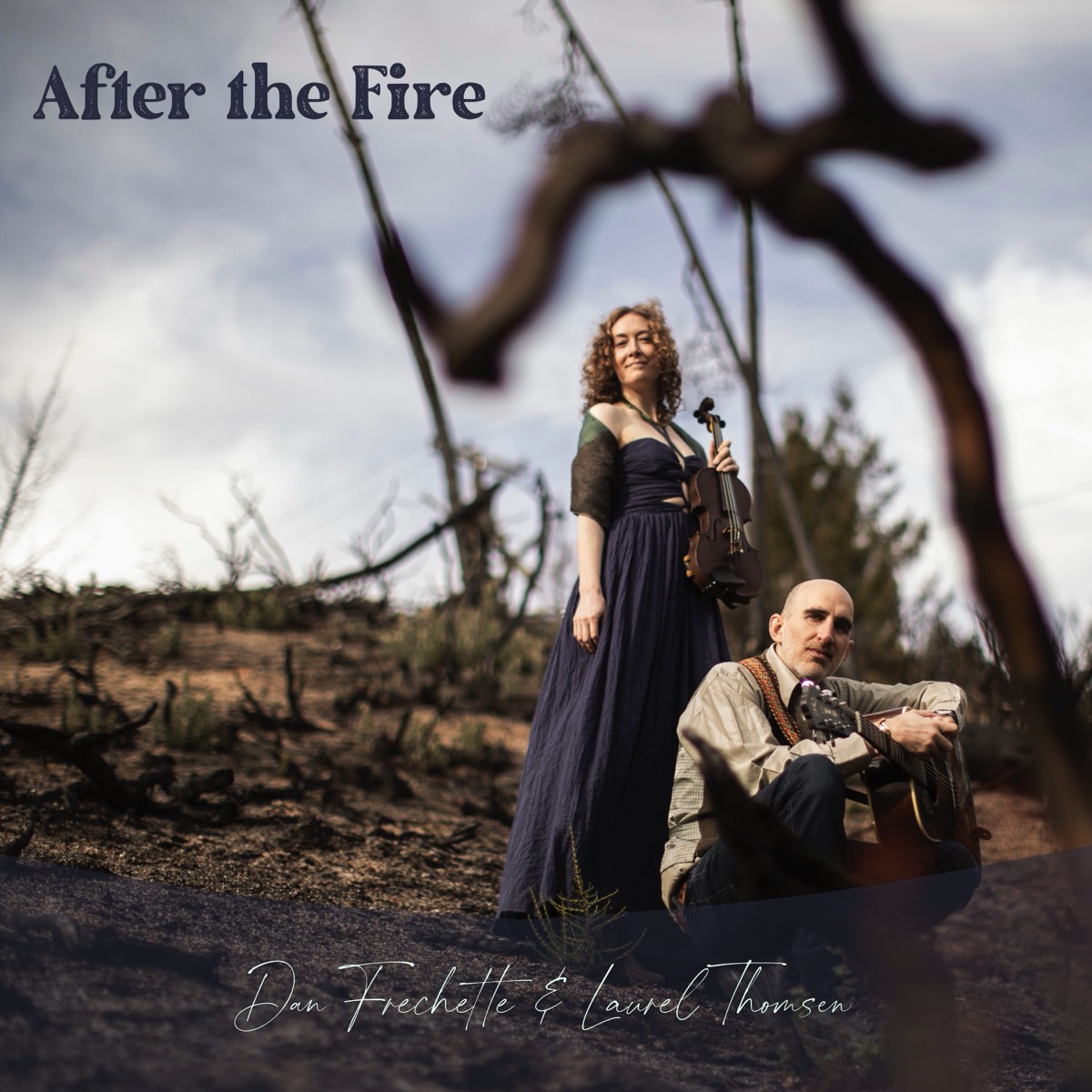Periods of overwhelm are common at any stage of learning to play the violin, viola, cello, fiddle, or any instrument for that matter. The technical aspects of any instrument, but especially violin family instruments, can be unforgiving, yet we all hope to someday get to the point where we’re at one with our technique, intonation, tone, and compelling interpretations blossom from within us. We’re finally true musicians, at one with the music.
I’m doubtful whether this goal is actually realistic for anyone, at least 100% of the time, but in the meantime, I think we can all agree on the fact that there are countless things to remember, practice, keep track of, and review in our process of learning to play an instrument. Despite any natural musical abilities we might bring to the table, anyone looking to reach higher levels of playing ability has to put in a lot of practice time. Other professionals I’ve asked nearly always credit their teachers and anywhere from 3-8 hours a day of consistent practice for their development and success. With good guidance and that level of dedication, it’s kind of hard to imagine someone not being successful...!
And yet, we all have to find ways to divide our practice time between technical work and pieces, including solo pieces or tunes we might be working on personally to keep up our chops or in preparation for a lesson with a private teacher, orchestral, ensemble, or band music, material we’re learning for an audition, event, or recording project, etc.. Sometimes we start to feel like we’re falling behind or wonder if we’re dividing our time effectively for the most pay off, not to mention the horror we’ve all faced from time to time where we go to play something we’d once mastered and find ourselves stumbling through the first pass. How can we possibly do it all?
I really like my practice journal for helping me stay honest with my practicing and on top of everything. I started journaling my practice sessions shortly after college, when I no longer had a private teacher I was meeting with on any regular basis, and I don’t know what I’d do without it at this point!
When I was a kid, I usually practiced everything I needed to practice every day, but the list was a lot shorter than it is now! I can’t possibly practice everything every day and still teach, travel, perform, or have a life outside of practicing. It’s just not possible. I’m always looking back over my entries in the journal, and especially when I’m not sure where to start with my practice session, I can just look and see what I haven’t practiced in a while and start there.
Journal entries are simple. I just write the date, then I list everything I worked on, including metronome markings I used when applicable, brief notes about troublesome measures, insights I had, especially with regard to technique or interpretation, and a general feel for how a piece or technical exercise went. Was it fine, or do I need a lot more practice and in what ways? Do I need to look for better fingerings or bowings in the next practice? Should I work on boosting the metronome speed next time, etc.
As far as what kind of material I’m working on, the journal gets filled something like this:
- Current material I’m preparing gets daily practice. This might be pieces I’m working on personally, pieces I’m learning in order to keep up with my students needs (orchestra music they’re preparing especially, or pieces students bring to the table that I’m not familiar with), or music I have to perform or record soon.
- 2-3 times a week I generally practice technique, and sometimes only technique because after a few hours of that I’m too tired to switch gears and play pieces! This may include some scales and arpeggios, especially if I want a shorter boost of technique before diving into pieces, and etudes focusing on shifting, double-stops, bow strokes, etc. when I have more time to spend. I don’t do every type of technical practice every time, but cycle through different elements so I’m never going too long without working on something. Sometimes this is technical work that really challenges me personally, other times I’m running through etude books my students might be working through to make sure I’m prepared for their lessons. The metronome goes pretty much nonstop on these days!
- A few times a month I might have a practice where I just play through a lot of past Classical pieces. This might be concertos and sonatas I haven’t played for a while, or I might read through a compilation book of shorter pieces, or books I often use with students such as a Solos for Young Violinists or a Suzuki volume, or some material for the various graded exam systems like ABRSM etc.. Beyond a certain level of difficulty, there are passages I can’t play as well as I’d like on the first try if it’s been several weeks, months, or years since I last played the passage, and I think this experience is completely natural for anyone, whether they are a student, amateur, or a professional. What counts is that hopefully we all mature in our playing ability and the level of material we can tackle completely cold goes up and up over time.
- About once a week or every two weeks I’ll run through a lot of solo Bach (Sonatas and Partitas for Violin, and sometimes the Cello Suites arranged for Viola). I might be working in depth on an individual piece in general which I would be practicing more frequently, but in this practice session I’ll mostly just read through many movements which I’ve played before. This might be my whole practice that day. Again, if it’s been a while since I played a movement, I generally won’t nail everything as well as I’d like to the first time. That just comes with the territory. That’s why we practice.
- About once a month or so I’ll sight read through a few hours of Classical music, pieces I have laying around that I’ve never really worked on, orchestral excerpts, etc. Sometimes I find something I really want to put at the top of my list or share with a student, but sight reading itself is always important to practice from time to time.
- About once a month or so I’ll read through a few hours of fiddle music, tangos and Latin music, Rags and Swing tunes, etc.. It might be stuff I’ve played before or I might sight read a lot of new tunes. Most of it isn’t really difficult, but it’s a lot of fun and sometimes I find gems that really speak to me and that I want to work up, personalize, memorize etc. (those then go to daily, or at least more frequent practice). I have so many fiddle books across so many genres! Hopefully someday I’ll get through them all…
- And finally, sometimes I’ll work on improvising, writing a new piece, or arranging a string part for someone's song (if there’s an actual recording session coming up, this one goes to the top of the list!). I don’t get to this as often as I’d like because I find that I need to just do these things and not play any pieces or do technical work beforehand or I usually will find it hard to get into the creative headspace and just spin my wheels. I also usually can’t get into this zone when I’m practicing in between students, or if I have a gig or appointment later on in the day. It’s unfortunate, but there’s a reason why so many artists of all types go on retreat to get creative and birth their projects. Creativity is not something that works well on demand and with strict schedules! To create the space for creation, I have to schedule days off sometimes, and be mindful of the muse, catching the inspiration before I put that valuable and sometimes elusive energy into something else instead.
Hopefully this gives you some ideas about how you could structure your own practice. I encourage you to take stock of your personal list of practice elements, including what you generally practice, and what you don’t practice but would like to work on. There’s only so much time for practicing. Most of us have to make money for a living, or we’re a student, or the caregiver to children and family, etc. I think it’s more important and reasonable to look at creating balance in our violin or viola practice routine week to week, or perhaps even month to month, rather stressing about creating balance day to day. Cycling through different components of our technique and various pieces, tunes, sight reading, improvising, etc. at different frequencies according to their importance, where I find the most benefit, or where I feel I need to put my energy to reach a specific shorter-term goal, has been the only way I’ve found that I can feel like I’m staying on top of everything. Good luck and let me know how it goes!

